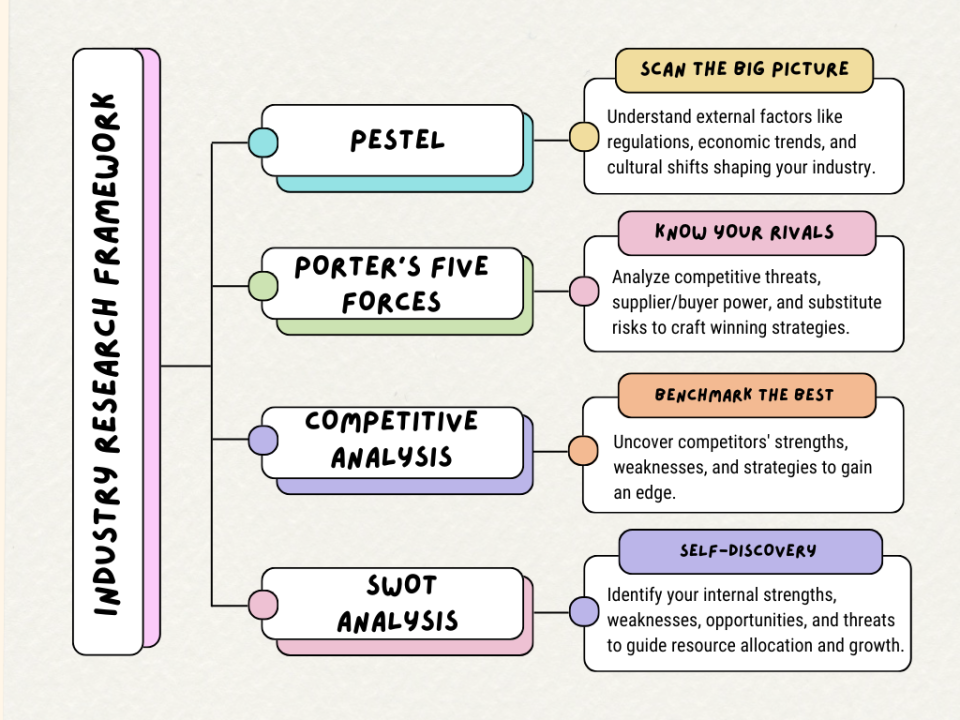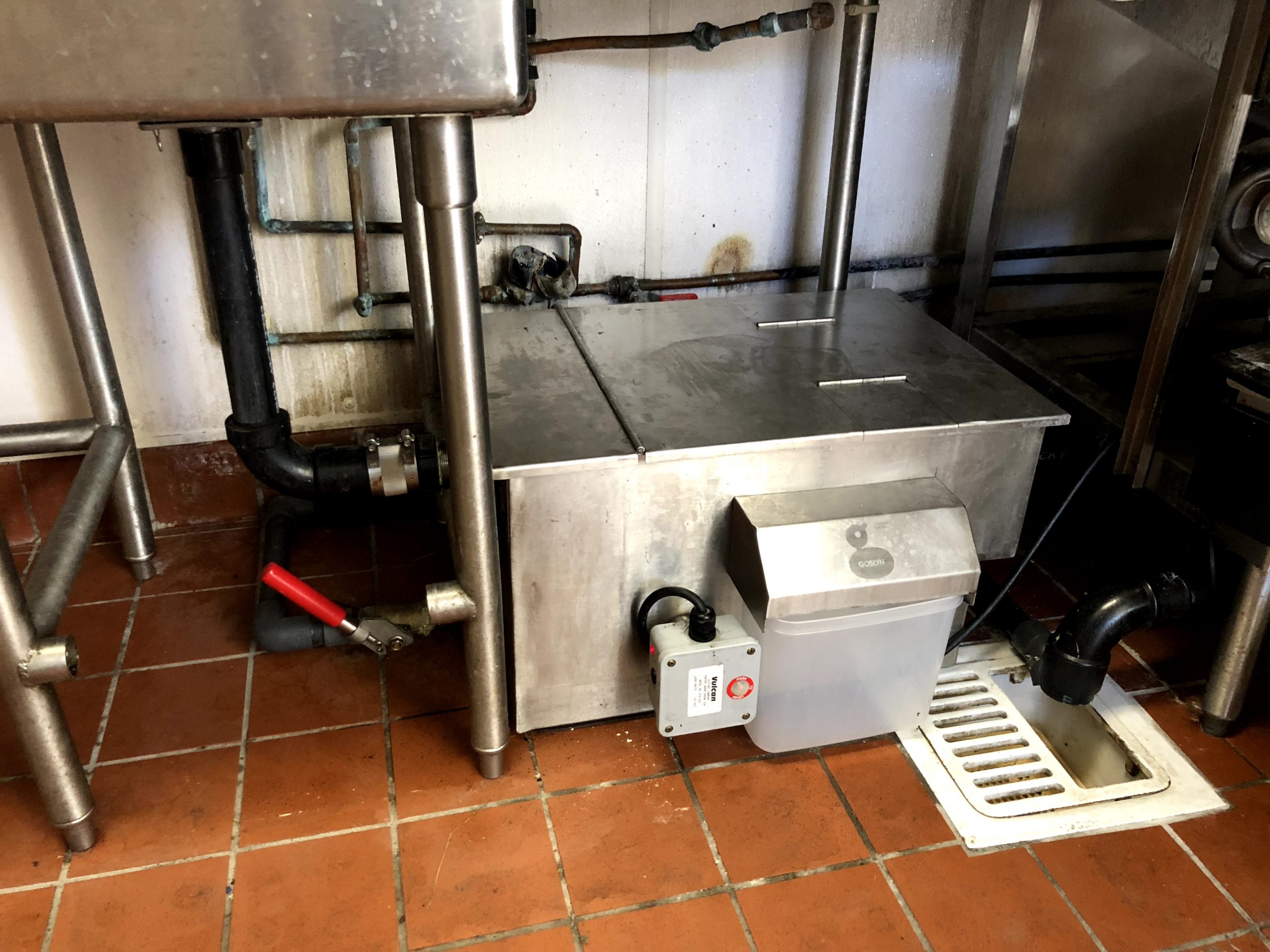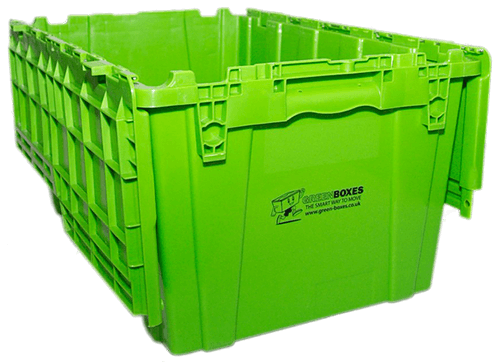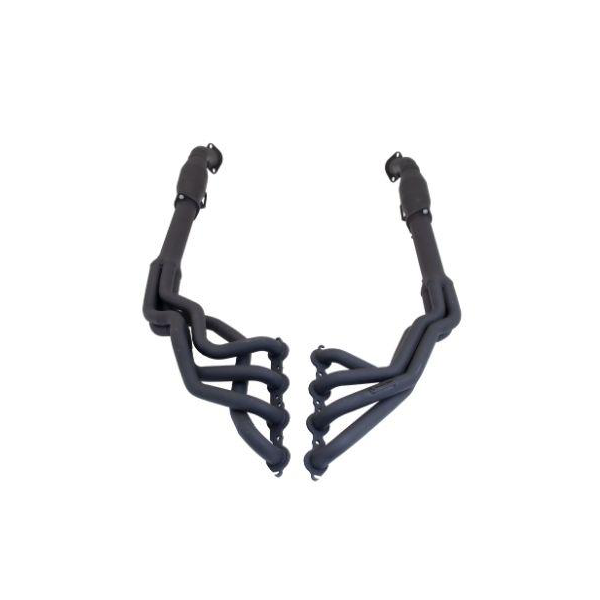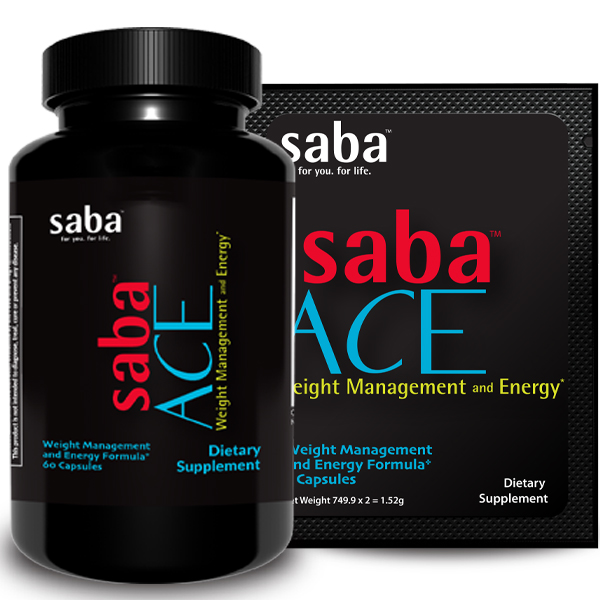
Image Source: Google
Outdoor lighting not only enhances the beauty of your home but also provides safety and security. Recessed lighting is a popular choice for outdoor spaces as it can illuminate your yard, patio, deck, or garden subtly and stylishly. This ultimate guide will help you understand the benefits of recessed lighting and how to effectively use it in your outdoor space.
The Benefits of Recessed Lighting
1. Aesthetics
- Recessed lighting creates a clean and modern look in outdoor spaces.
- It can highlight architectural features, landscaping, and outdoor decor.
2. Safety and Security
- Provides illumination for pathways, stairs, and dark areas, reducing the risk of accidents.
- Deters intruders and enhances security around your property.
3. Versatility
- Can be installed in various outdoor locations such as ceilings, eaves, decks, and even underwater.
- Comes in different sizes, shapes, and styles to suit different design preferences.
Choosing the Right Fixtures
1. Type of Bulb
- LED bulbs are energy-efficient and have a long lifespan, making them a popular choice for outdoor recessed lighting.
- Halogen bulbs provide a warm and bright light but consume more energy.
- Solar-powered fixtures are eco-friendly and cost-effective in the long run.
2. Waterproof Rating
- For outdoor use, make sure the recessed lighting fixtures have a waterproof rating to withstand various weather conditions.
3. Trim Style
- Choose a trim style that complements the design of your outdoor space, whether it's modern, traditional, or rustic.
- Options include baffle trims, reflector trims, and adjustable gimbal trims.
Installation Tips
1. Plan Your Lighting Scheme
- Determine the areas you want to illuminate and create a lighting plan accordingly.
- Consider the function of each area and the type of light needed (ambient, task, or accent lighting).
2. Positioning
- Space the recessed lights evenly to ensure uniform lighting throughout the outdoor space.
- Avoid placing fixtures too close to each other to prevent overlapping light patterns.
3. Wiring and Power Source
- Consult a professional electrician to ensure proper wiring and connection to a power source.
- Consider using low-voltage fixtures for safety and energy efficiency.
Maintenance and Care
1. Regular Cleaning
- Remove dust, dirt, and debris from the fixtures and trim to maintain optimal light output.
- Use a soft cloth or brush to clean the surfaces and avoid harsh chemicals that may damage the fixtures.
2. Check for Damages
- Inspect the fixtures periodically for any signs of damage, corrosion, or water leakage.
- Replace damaged components promptly to prevent further issues.
3. Professional Inspection
- Schedule a professional inspection of your outdoor lighting system to ensure everything is working properly.
- Address any maintenance or repair needs identified during the inspection.
Conclusion
Recessed lighting is a versatile and stylish option for illuminating your outdoor space. By understanding the benefits of recessed lighting, choosing the right fixtures, following installation tips, and maintaining the system properly, you can create a well-lit and inviting outdoor environment for your home. Whether you want to enhance the aesthetics of your landscaping, improve safety and security, or simply enjoy your outdoor space at night, recessed lighting can help you achieve your goals efficiently and effectively.
